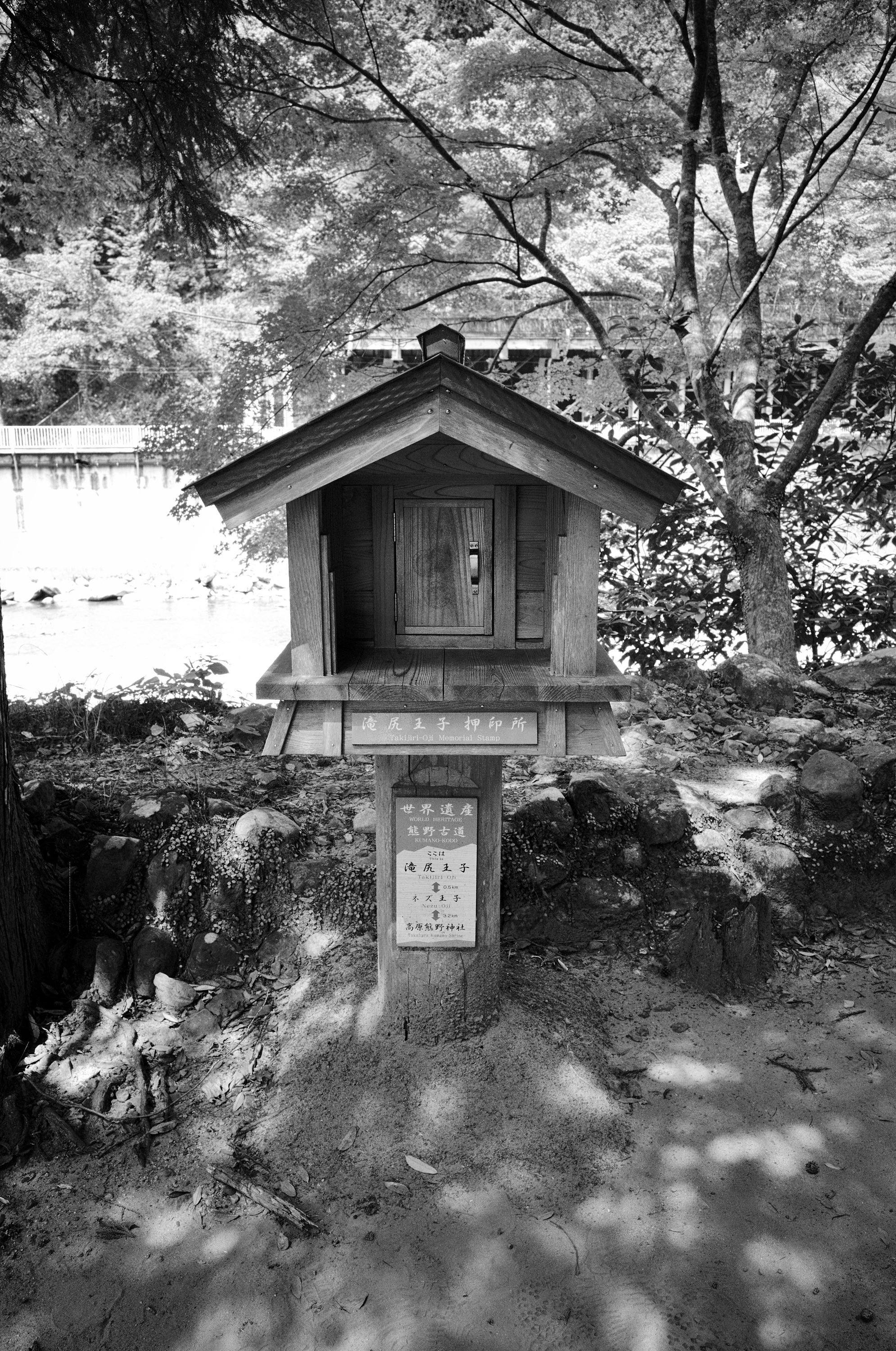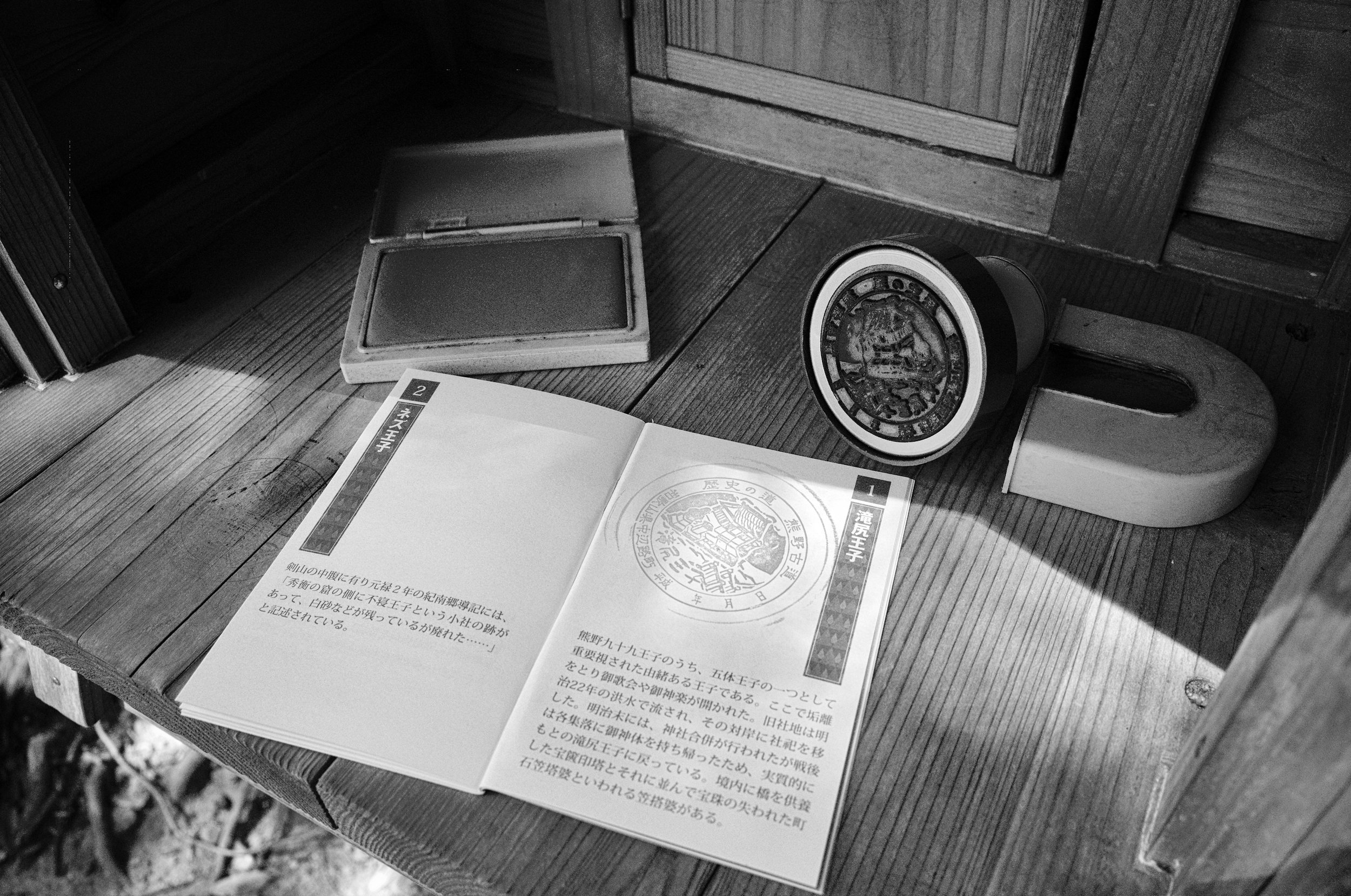Just an hour into my walk and I was already regretting it. Having just climbed Mount Fuji days before without much trouble, I thought I was physically ready for a simple hike in the hills. But there I was, breathless and struggling as I made the first ascent of my 3-day walk.
What made it more difficult — I’d stubbornly brought my laptop and tripod along for the hike. They are all deadweight in the forest.
And it was the height of summer. Unlike on Mount Fuji, the altitude was well below a thousand metres and I was facing the full force of the Japanese summer heat and humidity.
The Kumano Kodo (熊野古道) is a network of pilgrimage trails in the mountains of the Kii Peninsula in Wakayama prefecture. The area was inducted as a UNESCO World Heritage Site in 2004 for its cultural and religious importance, and my plan was to cover roughly 45km of the Nakahechi route, used by imperial pilgrims from Kyoto from the 10th to 13th century.
I made all the necessary arrangements through Oku Japan, a foreigner-oriented tour company that specialises in walking tours all over Japan. Some adjustments to the usual itinerary had to be made, however, as August was peak travel season and I booked my tour less than two months ahead of time. For example, I actually started the hike only on the second day of my five-day programme as accommodation was not available at Takahara village. This meant that I had to walk about one and a half days’ worth on the second day.
Maps and walking instructions provided by Oku Japan. These were mailed to my hotel at Osaka, where I stayed just before starting the hike.
The funny thing though — while the accommodation options were limited, I crossed paths with less than 15 hikers throughout my three days on the trail. I guess many people are just here to get away from the city, and at most walk just short sections of the trail.
The day didn’t start off too well. Got up a little late, so I chomped down breakfast and took the prebooked taxi from my hotel to Minabe station without stopping by the convenience store to grab some rice balls for lunch. Then a nine-minute train ride to Kii-Tanabe (紀伊田辺) station, where I then took a bus to Takijiri (滝尻), the starting point. I checked out the visitor centre there for any useful information and picked up the official stamp rally book for 100 yen. There were a few people who dropped in as well, but they weren’t hiking. One walker, carrying just a hydration pack, overtook me about 20 minutes in. That was the only person I saw on that trail that morning.
Looking back, the stamp collection kept me going on the first day. The walk starts with a non-stop 300m climb over 1km, starting from around 100m of elevation. I got tired really quickly not only because of the humidity, but also because there were so many bugs buzzing around my ears. And there was no one around me. But I kept telling myself that I must get to the next stamp station.
The only person I encountered on the trail in the first half of the day. He was so fast, I never saw him again.
It got better after the initial ascent, but it was a juggling act with the tripod. A few minutes on my right hand, then I would try to switch to my left. And then back again, because I felt more comfortable with my right. The non-tripod hand carried what I actually needed — the maps, walking instructions and my phone with a GPX of the trail loaded, sealed in a clear plastic holder.
Just as I reached Takahara (高原) village, it started pouring. For Oku Japan’s normal itinerary, this would have been the endpoint on the first day. But for me, Takahara was just a checkpoint. It was summer and there was nothing here for me.
A sign at Takahara village.
Feeling thoroughly demoralised, I contemplated taking a bus to Chikatsuyu(近露) village, my destination for the day. The only thing was, I had to wait around two hours for the next bus. I tried calling the Oku Japan office in Chikatsuyu for advice, but no one was in. Got through to the Kyoto office, and the guy on the line said the bus was a viable option if I really didn’t feel up to it.
The view of the mountains from Takahara, after the rain.
I was hungry too. But was I going to give up just on the first day? I knew I would regret not finishing the walk. After all, I had been looking forward to this for the past couple of months.
So when the rain finally let up, I decided to trudge on. I was hoping that my willpower will carry me through.
An old abandoned house at the fringe of Takahara village.
Onwards.
The only hiker I met between Takahara and Chikatsuyu.
And things did get better. The bugs seemed to have cleared up, perhaps due to the rain. About 45 minutes in, I bumped into another hiker, who was going the same way. He was going at nearly the same pace as me, and I felt a lot more reassured.
It was around 4pm when I made it to the Michi-no-eki rest area. If I had taken the bus, I would have reached here at around the same time. I could finally have lunch.
I dragged myself into the shop and promptly ordered a beef bowl and some hot tea. It started pouring again just then. I wasn’t really concerned about the rain, as I was just half an hour from Chikatsuyu village.
As I was finishing up, one of the staff members passed the phone to me, saying there was a call for me. The person on the line introduced herself as Ms Teramoto from the Oku Japan Chikatsuyu office. The Kyoto office had informed them of my call, and she figured that I would likely be at the Michi-no-eki shop at this time if I had taken the bus! What would life be without pleasant coincidences like this?
Ten minutes later, Ms Teramoto turned up at the shop. I was going to take the car to the Oku Japan office initially, but she suggested that I could walk the last stretch without my baggage. Now refuelled with beef and rice, I was ready for one last challenge for the day.
The Gyuba-douji, a statue of a man riding on a cow and horse. It actually depicts a 10th century emperor who made the pilgrimage to Kumano. Without my bag and tripod, I made it here easily.
Chikatsuyu village.
I stayed at the Oku Japan office that night, as the inn originally booked for me was closed due to an illness in the family running it. The office is a traditional Japanese house with many rooms and a yard. Visiting staff from the other Oku Japan offices, as well as the British man who owns the company, would stay here during their layovers. But that night, I had it all to myself. Yes, it could have been a little scary, but I was too tired to be spooked. I still had two more days of hiking.
Humbled by my difficulties on the first day, I decided to take the “moderate” option on the second day, skipping the first 9km of the full 24km route. I would be carrying less deadweight too. Oku Japan’s Ms Maeda helped me arrange for part of my luggage — yes, including the laptop and tripod — to be couriered to my accommodation that evening. Slightly gutted that I would miss out on a couple of stamps, but completing the day’s walk in good shape took priority.
At breakfast, I met an Austrian couple who were in Japan for an academic conference, and decided to hike the Kumano Kodo. They were going to do the full 24km that day, and started off right after finishing their meal. I was a little relieved to know that there would be some people behind me on the trail, should things go wrong.
Soon after, Ms Maeda dropped me off by car at Doyugawabashi bus stop, where there is a paved road that leads to the trail. It was just before 9am, and I felt refreshed after a good rest the previous night. Blue skies, so it was likely to stay dry for a while yet. My goal was to reach Hosshinmon-oji (発心門王子) shrine by lunchtime.
Instead of bugs, I was greeted by bird song as I entered the forest trail. Surely that was a good sign. Just wish I knew what birds they were, but I made some recordings with my phone as I walked. It felt like a good start.
Read the rest of the story on my Medium blog.


